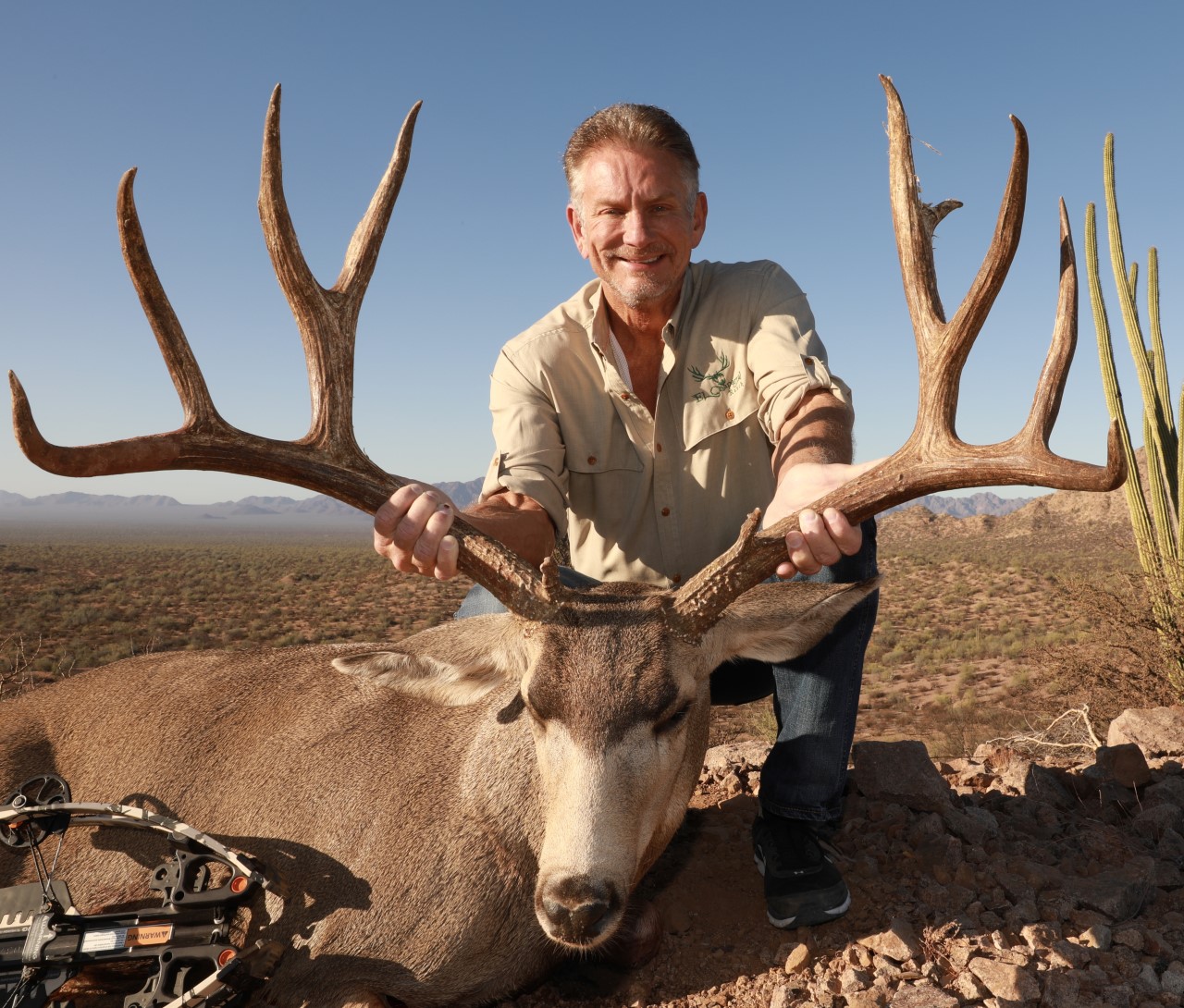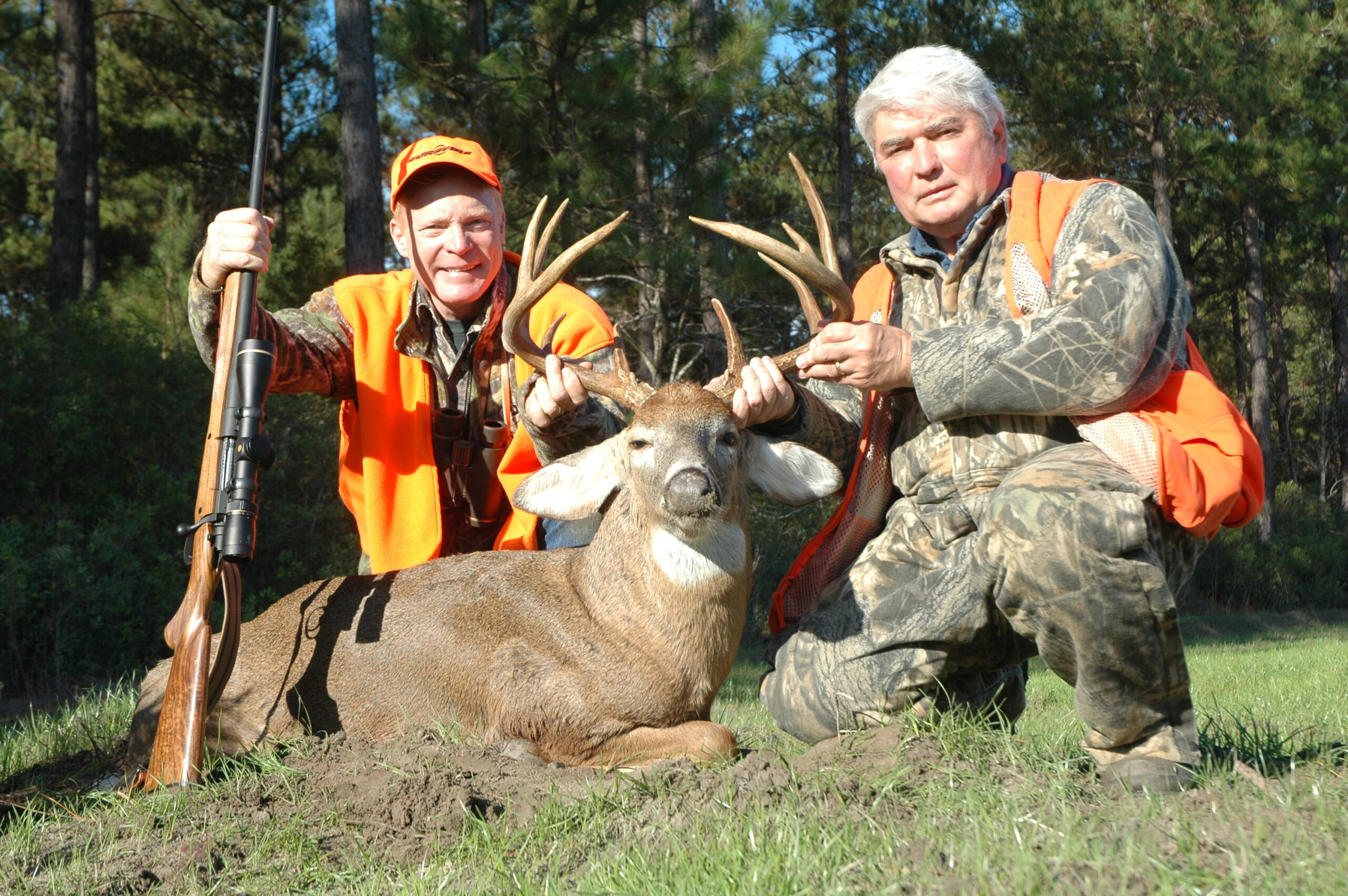My paternal grandfather was the most serious bird hunter in the family. Because the seasons were staggered, clear into the Sixties he’d start in South Dakota in October, work his way down through Nebraska and finish up in his Kansas hedgerows.
Dad went to South Dakota with his Dad for the first time in the fall of 1942, just before he went off to the Pacific. For the rest of his life, Pop’s eyes would glow as he described what he saw: “At the end of a cornfield, the sky would be black with pheasants!”
Twenty years later, when I was old enough to carry a shotgun, we had awesome bobwhite quail hunting close to home in eastern Kansas. As with bobwhites in too many places, they’re pretty scarce today…and I didn’t properly appreciate what we had. For me, finding a fresh covey of quail every few hundred feet was normal; I wanted to see a sky “black with pheasants.”
Needless to say, I never did. But, depending on weather, year and hatch, we had good pheasant hunting in western Kansas. We’d usually load up the dogs and head west a couple of weekends a season. By the late Sixties, when I was in high school and driving, ringnecks were well-established in northeast Kansas.
I had an awesome English setter, and we mostly hunted along U.S. Highway 36 just south of Nebraska. Bobwhites were still in legions, and we’d usually pick up a bonus rooster or two. But South Dakota, sky black with pheasants, loomed far to the north as the Promised Land.
In the early Seventies, with trapshooting buddies, we made a few trips up there. It was always good…though not necessarily better than exceptional years in western Kansas. Since then, I’ve lived a long way from pheasant country.
As an adult, my ringneck safaris have been few and far between, but I’ve managed occasional trips to western Kansas and Nebraska and, infrequently, to South Dakota. The rules never change: It always depends on weather, hatch…and management. Usually, there were quite a few birds.

I finally realized I was never going to see a sky black with pheasants, and that’s okay. As we get older, numbers don’t matter nearly as much…but there’s still nothing like the heart-stopping thrill when a rooster erupts at your feet, flapping, cackling and breaking through the cornstalks or milo.
Once a rooster gets the wind to his tail, it’s a whole different deal, lots of lead, but a rising pheasant clawing for altitude and airspace isn’t all that hard to hit. The cackling is a clue, so are the long tail feathers, but, with only roosters as legal game, it’s essential to see the white neck ring, which can be difficult, depending on the light.
Since much pheasant hunting is a group effort, it’s even more important to make sure you know where other hunters and dogs are; and to have plenty of horizon behind the bird. It’s just as well to take those few split seconds to evaluate the shot. It won’t be enough to get your heart out of your throat, but you can at least plant your feet and mount the gun properly.
When a rooster erupts at close range, you have enough time to do that, and you must. Identification and safety aside, one of the biggest mistakes in shooting rising upland birds is having your feet and body all twisted up and off-balance…and shooting too quickly, without properly shouldering and cheeking the gun and not allowing the pattern to spread a bit and do its work.
Pheasants are big, hardy birds that make it through the Dakota winters; they must be hit well, and in the front third to avoid “runners.” Dad was a fighter pilot in the Pacific, gifted with the amazing vision common to successful survivors of aerial combat.
With a shotgun, he was the fastest and surest I ever saw. The best advice he ever gave me on pheasants: “Forget the long tail; focus on the white neck ring.” You have to see it anyway to confirm a rooster, and it’s always up front. Shoot at the head, and you already have a bit of lead.
A while back, son-in-law Brad Jannenga bought a group pheasant hunt at one of the convention auctions, with Curt and Lorie Korzan of Grand Slam Hunts , near Kimball, South Dakota. I was invited and looking forward to it; we were supposed to go early last year but, like so many other things, it couldn’t happen. Brad put it back together for this year, so a week before Christmas we braved the Dread Virus and (masked, of course!) landed in Mitchell, a short hour from the Korzan lodge.
Curt told us they had an exceptional hatch in 2020 but, since it wasn’t my hunt, there was a whole lot I didn’t know. The Korzan family manages 4,000 acres for pheasants…and they’ve been doing it for 37 years. Along the way, they’ve learned a lot about what works best. With sons Cody and Corbin doing a lot of the farming (and guiding), they do intensive predator control, crop rotation and non-chemical soil improvement. I’ve never seen better-managed habitat, with plenty of shelter belts and overgrown sloughs, stripped corn and sorghum, and fields of natural grass. And: I’ve never seen more birds!
The Korzans do not augment their pheasant population…and from what I saw they don’t need to. Without question these were crazy-flushing, fast-flying wild birds…with lots of hens, and in the bag quite a few roosters with glorious long tails and wicked spurs, second and third-year birds. Come to think of it, there were a couple of fields where, at the end of a drive, maybe the sky was almost black with pheasants!
It had been a while since I shot a rooster…too long. Like most in the group, I made some good shots, others not so good. In one memorable moment of non-brilliance, a rooster got up by my right foot and streaked to my right rear. Regrettably, Corbin Korzan’s camera was running on me at the moment, so it’s a classic of every mistake possible, and I couldn’t make any excuses. I spun to the right, caught a foot in a corn stalk, almost fell on my face…and never got a shot off. Fortunately, not all shots went like that…and, in almost every field we walked, there were plenty of opportunities to do better.
The Korzan lodge was warm and welcoming, the food awesome, and the pace laid back. Each morning we warmed up with some clays, hunted until midday, then again for a few hours after lunch. We were a group of ten, including Caitlin Connor and husband Dale Royer, both of the USA Shooting Team, she a skeet shooter; he a trapshooter…both looking ahead to the Olympics.
Although never in their class, I competed when I was young; it’s magic to watch people that good work a shotgun. I can assure you, neither Caitlin nor Dale ever got their feet twisted up. It might have happened, but I never saw a bird get past either of them.–Craig Boddington




